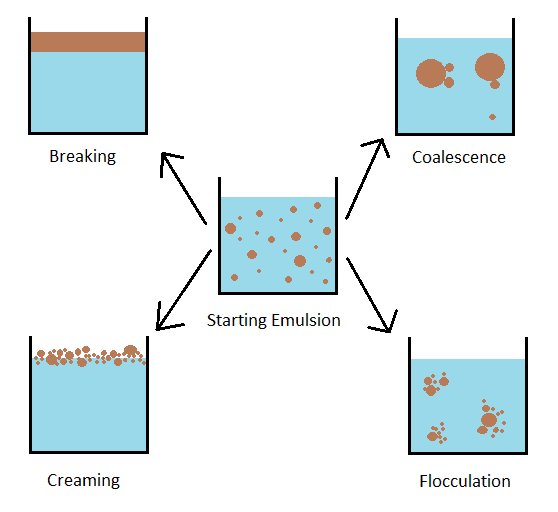
The viscosity of water increases exponentially with decreasing temperature and is affected by the type and concentration of solutes (Vand, 1948). In this experiment we will use Stoke’s Law and the concept of terminal velocity to determine the viscosity of glycerin. Viscosity characterizes a fluids resistance to flow. For all of these mechanisms, the key underlying control on groundwater movement is the viscous resistance resulting from the interaction of the fluid with solid surfaces in the aquifer (grain edges or fracture walls). Viscosity is a property of uids (liquids and gases) which determines how much resistance is experienced by an object trying to move through the uid. Viscosity is related to the concept of shear force it can be understood as the effect of different layers of the fluid exerting shearing force on each other, or on other surfaces, as they move against each other. It means that different rates of flow of liquids depend upon a certain property and that is viscosity. Tortuosity is a measure of how far fluid must go to “circumnavigate” its way around particles: higher tortuosity indicates that water must go farther to get to its destination (a more tortuous path). Viscosity Definition and Formula with Units Viscosity is a common observation that thick liquids like honey and mobile oil, flow slowly than many organic liquids like benzene and toluene, etc. But what controls their magnitude? The main factors are grain size and shape, sorting, porosity (degree of compaction or fracture aperture), particle orientation or alignment that affects the tortuosity of the flow path, and cementation. If the viscosity of a fluid is too high at low temperatures, it cannot be pumped.

Any substance that flows, Fluids are gases and liquids. Fast-moving liquids like water have low viscosity and slow-moving liquids like honey have high viscosity. Something that describes a liquids thickness or thinness is called Viscosity. So…that’s how we define permeability and hydraulic conductivity. Viscosity is the resistance produced in a liquid to its flow. “thinner”), it will flow more easily through the aquifer. So even for the same aquifer, the hydraulic conductivity goes up if it is warmer! This makes some sense – if the water is less viscous (i.e.

It is also important in considering the effects of temperature, because water viscosity decreases with increasing temperature: it’s less than half as viscous at 90° than at 32° F. water – whether you are thinking about an oil reservoir or contamination of groundwater by a gasoline spill). This is important for comparing different fluids (say, oil vs. More viscous fluids will flow more slowly through the same rock than less viscous ones. More specifically, it is the viscosity and density of the fluid that matter.


 0 kommentar(er)
0 kommentar(er)
